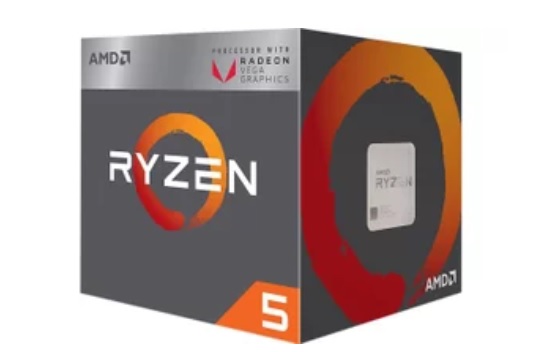What Is an APU? A Basic Definition
AMD created APU (accelerated processing unit) processors in 2011. They refer to AMD CPUs that have integrated graphics. While these processors weren’t the first to accommodate integrated graphics, they did add the ability to game at an appropriate frame rate and resolution.
Llano was the name of the first generation of AMD APUs. The current generation is called Rembrandt and is the successor to Cezanne; although AMD has moved away from using the term APU in its branding.
Rembrandt APUs have CPU cores built on the AMD's Zen 3+ architecture, plus AMD's Radeon RDNA 2 graphics technology and allow for strong gaming at 1080p resolution with the right settings.
The new Rembrandt APUs were announced in January as the Ryzen 6000 Series. The U-series Ryzen 6000 CPUs are built on a 6nm process node and feature up to 12 CPU cores and up to 12 GPU cores. U-Series chips have a TDP range of 15W to 28W, while the H-Series chips range from 35W to 45W.
Upcoming AMD APUs: Raphael
AMD is expected to release its Ryzen 7000 processors later this year based on TSMC's 5nm node. These will be the first mainline Ryzen desktop processors to feature integrated graphics across the board (RDNA 2).
Ryzen 7000 processors will be available in up to a 16-core/32-thread configuration with support for DDR5 memory. Raphael-based Ryzen 7000 processors will also use a brand new AM5 socket (LGA 1718), which will be backward compatible with AM4 coolers. AMD is promising an 8 to 10 percent performance boost over existing Zen 3-based processors while delivering up to a 125 percent increase in available memory bandwidth per core.
This article is part of the Tom's Hardware Glossary.
Get Tom's Hardware's best news and in-depth reviews, straight to your inbox.
Further reading:
- CPU Hierarchy 2018: Intel and AMD Processors Ranked
- Best Gaming CPUs
- AMD Raven Ridge Thermal/Power Analysis
- 10 Times AMD Beat Intel in the CPU Innovation Race

Scharon Harding has over a decade of experience reporting on technology with a special affinity for gaming peripherals (especially monitors), laptops, and virtual reality. Previously, she covered business technology, including hardware, software, cyber security, cloud, and other IT happenings, at Channelnomics, with bylines at CRN UK.
